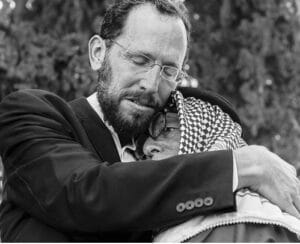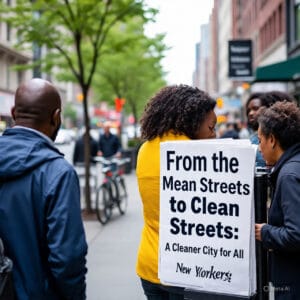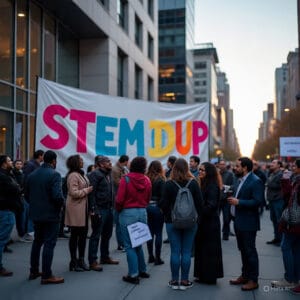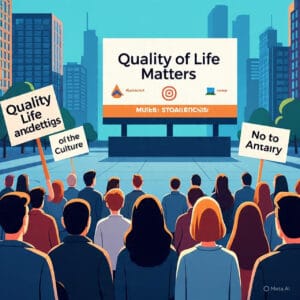Tackling food deserts and empowering communities in New York City
Food deserts continue to challenge New York City communities, affecting over 1 million residents who lack convenient access to fresh, affordable, and nutritious food.

Food deserts continue to challenge New York City communities, affecting over 1 million residents who lack convenient access to fresh, affordable, and nutritious food.
Primarily affecting low-income areas in the Bronx, Brooklyn, and parts of Queens, food deserts contribute to higher rates of health conditions like obesity, diabetes, and hypertension.
In some Bronx neighborhoods, for example, nearly 39% of residents report food insecurity, which is linked to limited food options and economic hardship.
To address these challenges, New York has launched several initiatives. The Food Access Expansion Grant Program, a recent $10 million state initiative, funds the development of grocery stores, co-ops, and farm stands in underserved areas.
This program aims to bring healthy options directly to food deserts, improving community access to fresh produce and dairy and supporting local farmers. In addition, city organizations, like City Harvest and GrowNYC, run mobile markets, offering residents fresh produce and low-cost food directly in high-need areas. These efforts are critical to improving food accessibility and reducing health disparities related to diet in vulnerable populations.
Community-based solutions are also gaining traction. Some areas are establishing local food cooperatives and urban farms, allowing residents to grow their own produce or participate in cooperative buying to access affordable, healthy food.
These efforts are essential in fostering food independence and community resilience, with New York City’s network of community gardens contributing fresh produce and greens to families in need.
Despite these initiatives, addressing food deserts is an ongoing challenge requiring sustained funding, policy support, and community engagement. Many residents still face barriers, such as high prices and limited transportation options, that prevent regular access to healthy foods. Yet, with continued investment and collaborative solutions, New York is making gradual progress toward reducing food deserts and building a healthier city for all residents.








